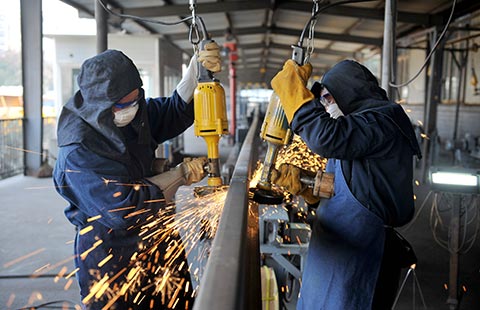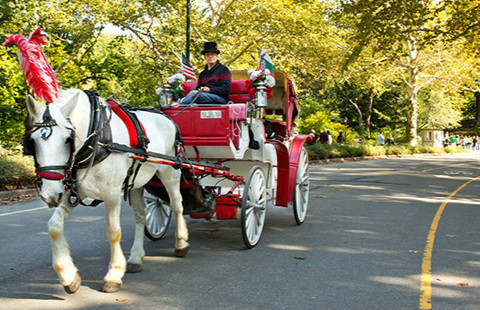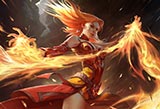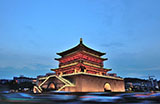Liu Shiyu replaces Xiao Gang as head of China's securities watchdog
(Xinhua) Updated: 2016-02-20 10:58That echoes the view of Brady, who was chairman of Wall Street powerhouse Dillon Read & Co when President Ronald Reagan asked him to figure out what happened during the 1987 crash and propose solutions.
Brady deserves credit for introducing circuit breakers, according to Robert Glauber, a Harvard University lecturer who advised the Brady commission and once ran the National Association of Securities Dealers.
"It was Nick's idea," Glauber said. "Brady was worried then and worried now that the pace of markets was going faster than people could calculate. What you really needed was a timeout. That's what we proposed."
The idea was to give humans time to reflect on what just happened following a plunge, to decide whether losses had gone too far and whether it was time to buy.
"If anything, it's more necessary now because computers are faster and people's brains are about the same speed," Glauber said.
Freezing the market after a decline also deprives traders of the opportunity to drive prices back up. During the May 2010 plunge known as the flash crash, the S&P 500 took just minutes to fall as much as 8.6 percent, then recovered much of the decline almost as rapidly.
"What would have happened if we had just halted at the bottom?" said James Angel, a professor at Georgetown University. "We never, never would have had the quick snap back up. Closing prices for mutual funds would have been at those lows. Think of the panic that would have created."
The China Securities Regulatory Commission said late Thursday that it was suspending the circuit breakers program, adding to concern policymakers are struggling with how to contain turmoil in the nation's financial markets.
"The circuit breaker that I invented restores calm," Brady said.
- ZTE to offer Pre5G technology in 2016
- Beijing's 2015 tourism revenue hits 460 billion yuan
- Chinese brand passenger vehicles sales gain record market share in January
- Global asset price turbulence brings challenges, opportunities to China
- Shouguang's greenhouses ensure year-round growth
- Firm to fit telecom towers with air monitors
- Huawei to launch solutions for 4.5G, IoT, Safe City at MWC
- ICBC says used anti-money laundering system provided by Spanish authorities: embassy
















